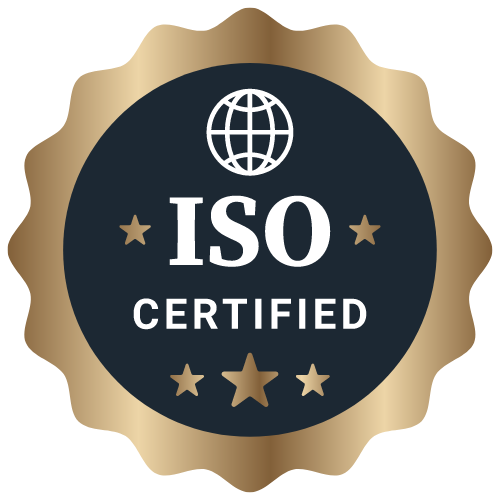Pros and Cons of Public Limited Company Registration
Discover the advantages and disadvantages of registering a public limited company. Learn about the benefits and drawbacks of choosing this business structure to make an informed decision for your business.
Pros and Cons of Public Limited Company Registration
Introduction
Registering a public limited company (plc) is a significant decision for business owners. It grants access to additional capital and opportunities for growth, but also comes with more responsibilities and scrutiny. In this article, we will explore the advantages and disadvantages of choosing a public limited company structure for your business.
Advantages
1. Access to Capital
One of the primary benefits of registering as a public limited company is the ability to raise capital by issuing shares to the public. This can provide a substantial financial boost for expansion, research and development, and other business initiatives.
2. Limited Liability
Shareholders of a public limited company have limited liability, meaning that their personal assets are protected in case the company incurs debts or legal obligations. This can be a reassuring factor for investors and business owners alike.
3. Legal Compliance
Public limited companies are required to adhere to strict legal regulations and governance standards. While this may seem like a burden, it also ensures transparency, accountability, and credibility in the eyes of investors and stakeholders.
4. Fundraising Opportunities
Being a plc makes it easier to attract investors through public offerings and stock exchanges. This can provide a steady source of funding for operations and expansion, without relying solely on loans or private equity.
5. Stock Exchange Listing
Public limited companies can list their shares on stock exchanges, allowing for greater liquidity and market exposure. This can enhance the company's reputation, attract more investors, and potentially increase shareholder value.
6. Transparency and Governance
Plcs are required to disclose financial information and adhere to corporate governance practices. This level of transparency can build trust with stakeholders, improve decision-making processes, and enhance overall management control.
Disadvantages
1. Loss of Ownership Control
By going public, business owners may experience a loss of ownership control as shareholders have a say in major decisions through voting rights. This can lead to conflicts of interest and challenges in implementing strategic initiatives.
2. Increased Risk Factors
As a publicly traded company, plcs are subject to market fluctuations, investor expectations, and regulatory changes. This can introduce higher levels of risk and volatility compared to private companies, requiring careful risk management strategies.
3. Financial Reporting Requirements
Public limited companies must comply with extensive financial reporting standards, which can be time-consuming and costly. Failure to meet these requirements could result in penalties, legal issues, and damage to the company's reputation.
4. Market Perception
Negative publicity, financial underperformance, or governance scandals can undermine the market perception of a plc. This can lead to a decrease in stock prices, shareholder confidence, and overall competitiveness in the industry.
5. Decision-Making Processes
With a larger number of shareholders and stakeholders to satisfy, decision-making processes in a public limited company can be complex and time-consuming. This may slow down the implementation of strategic plans and initiatives.
6. Growth Potential
While registering as a public limited company offers access to capital, it also comes with higher expectations for growth and returns. Meeting these expectations may require faster expansion strategies and a focus on short-term profitability.
Deciding whether to register your business as a public limited company involves weighing the advantages and disadvantages carefully. While a plc offers access to capital, limited liability, and compliance with legal regulations, it also comes with challenges such as loss of ownership control, increased risk factors, and financial reporting requirements. By understanding the pros and cons of this corporate structure, you can make an informed decision that aligns with your business goals and objectives.
Latest Updates
How to Register for GST in Multiple States
26 Dec 2025How to Register a Franchise Business
24 Dec 2025ca4filings.com Services




























-registration.png)



